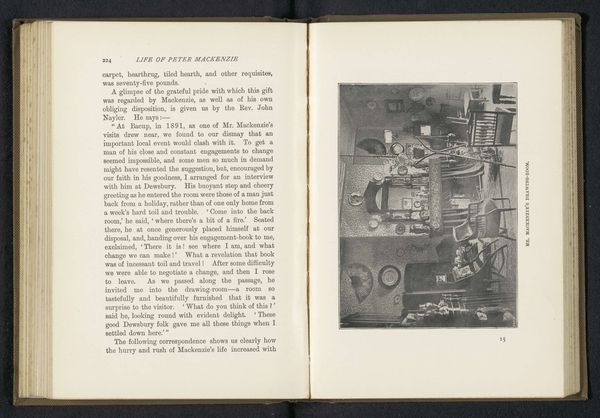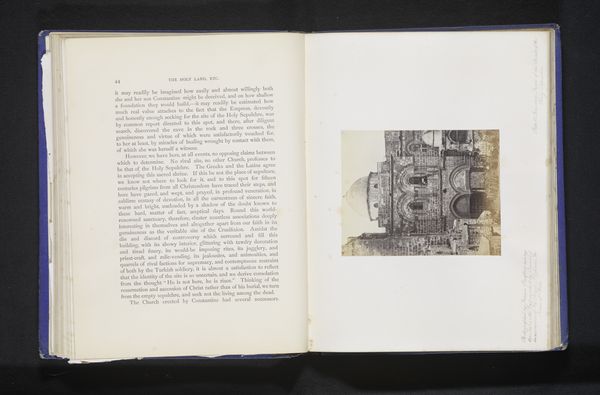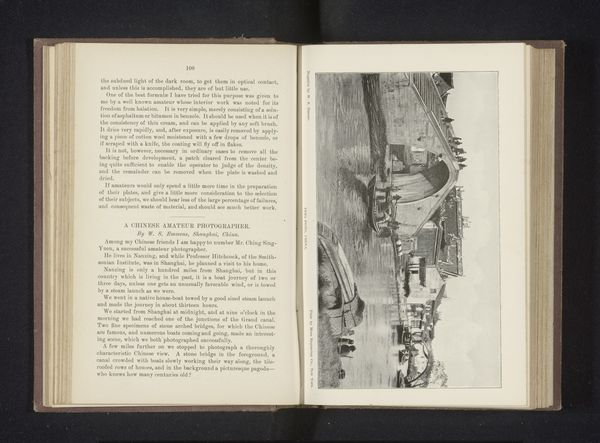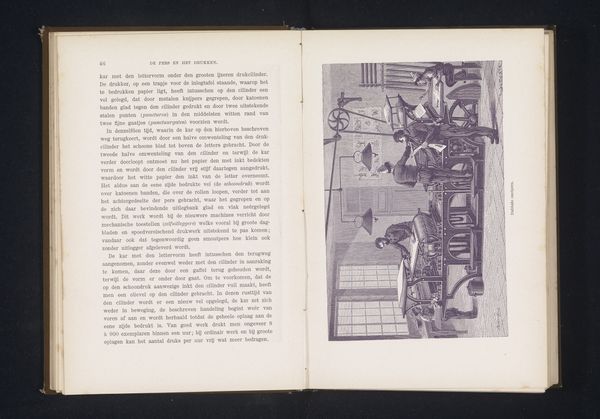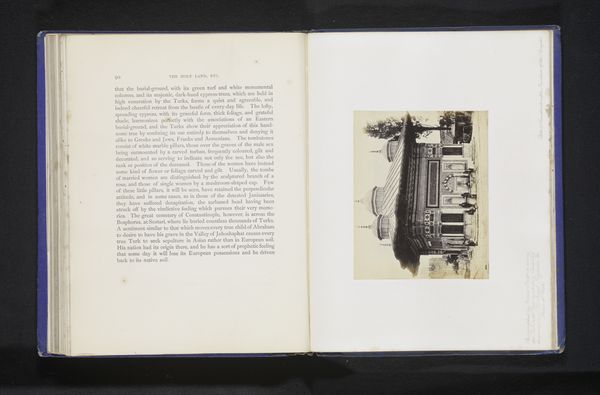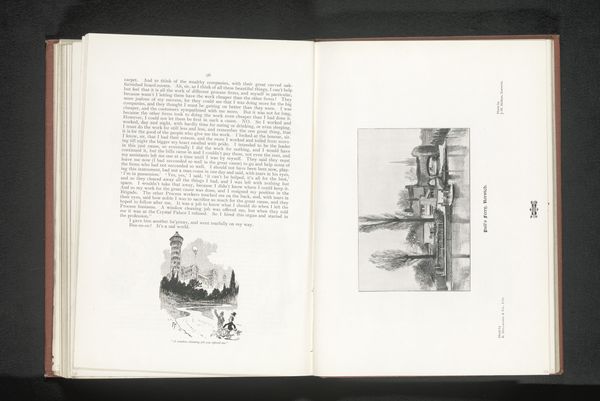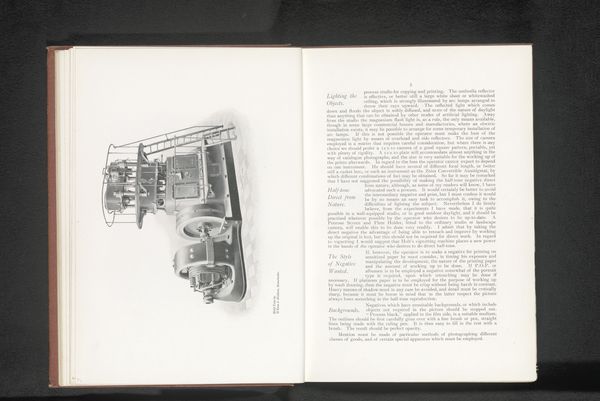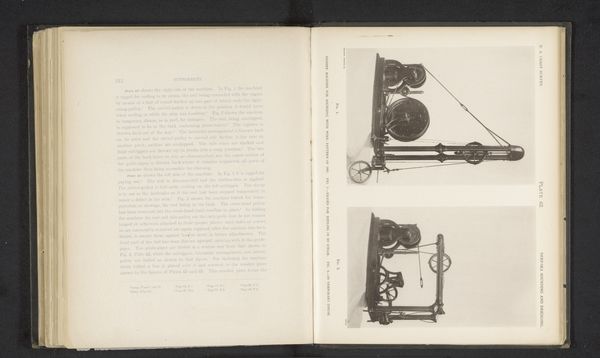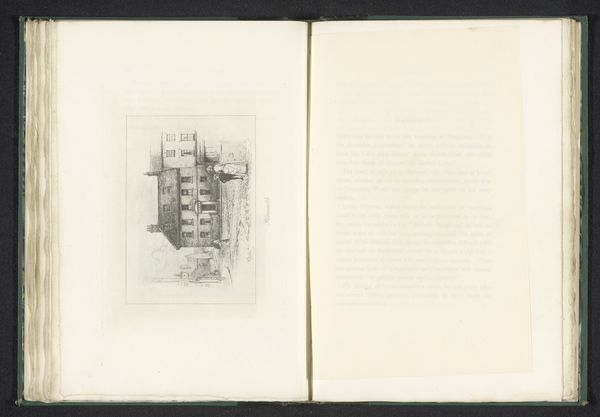
Reproductie van een gravure van een rotatiepers door Richard Brend'amour before 1892
0:00
0:00
graphic-art, print, woodcut, engraving
#
graphic-art
# print
#
woodcut
#
engraving
Dimensions: height 95 mm, width 165 mm
Copyright: Rijks Museum: Open Domain
Curator: Here we have a reproduction of an engraving of a rotary printing press by Richard Brend’amour, dating from before 1892. Editor: It's incredible to see this early technology visualized through a woodcut and engraving. The density of lines used to depict the machinery is quite striking. What can you tell me about the purely formal decisions in this piece? Curator: Notice first how the subject matter, an object of reproduction, is here rendered by hand. There's a certain tension embedded in that alone, is there not? Then consider the overall organization of lines. Are they regular, controlled? What does that communicate about the intended function? How is light suggested only through gradations of mark? Editor: It's interesting that you bring up that tension. The print is meticulously detailed. Almost every part of the machine has been lovingly engraved. So the technique and execution betray the overall concept. The artist is glorifying and perfecting the machine using handcrafted approaches. I didn't think of that at first. Curator: Exactly. The value then, for an art historian working within a formalist frame, resides not in the illustration of an object. Rather it consists in its use of line and mass. Editor: So the engraving technique almost elevates the rotary press itself into an art object. This close examination shifts my thinking. I usually think of technique as just a method of producing a picture, but now I see it can also add another layer of interpretation. Curator: Precisely! Visual qualities communicate powerfully, without requiring us to delve into social contexts, biography, or overarching themes. Sometimes just describing, analytically, can be enough to unveil what is going on. Editor: Thank you! I now see how close observation can enrich my viewing experience and lead to new ways of understanding artworks.
Comments
No comments
Be the first to comment and join the conversation on the ultimate creative platform.

